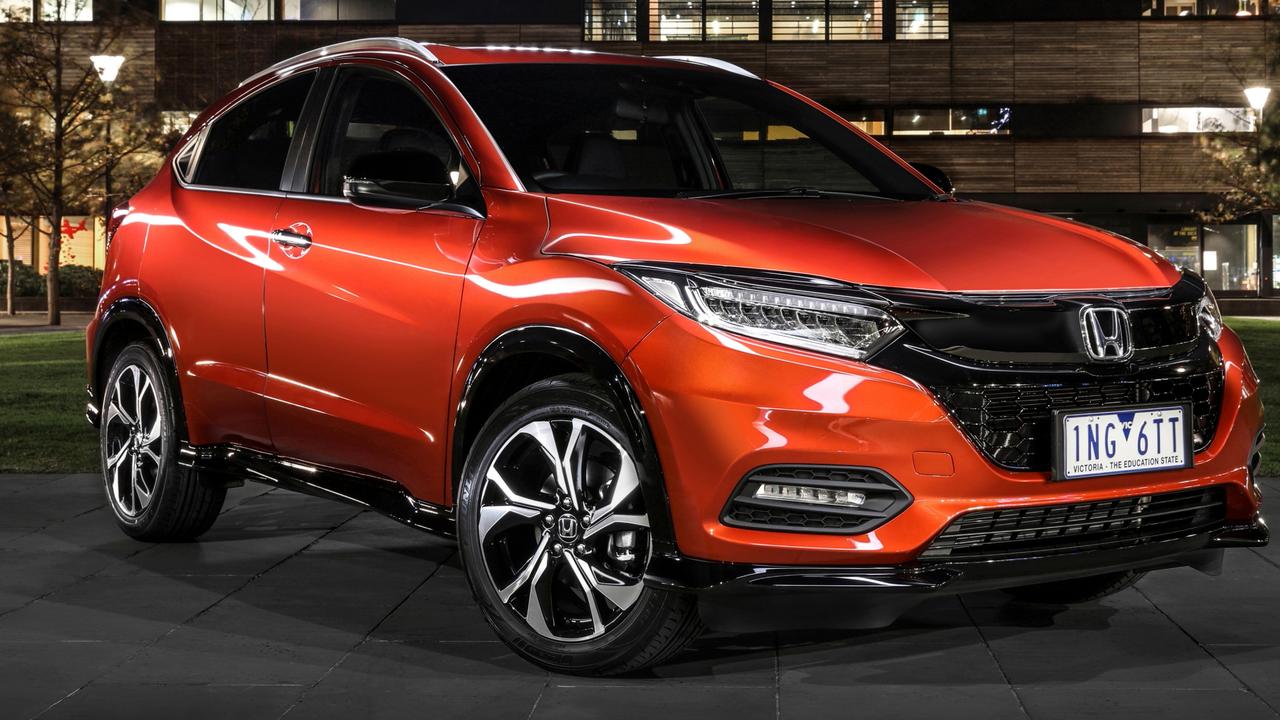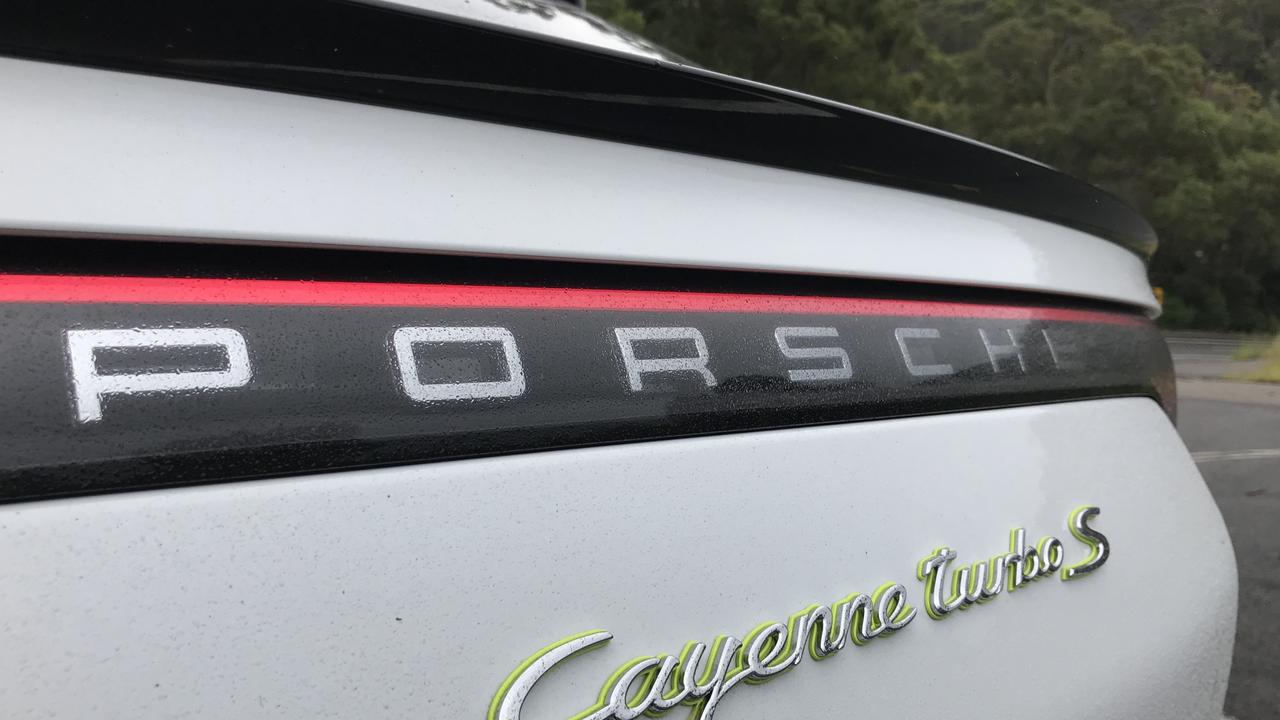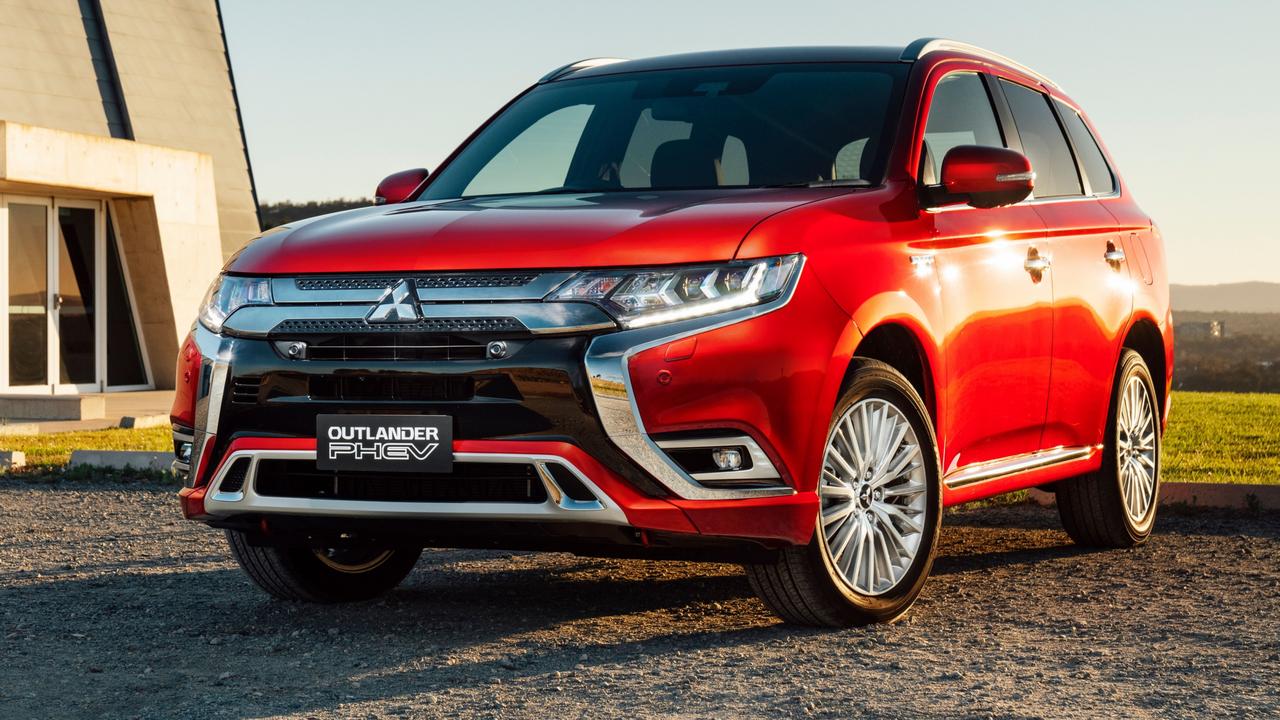BMW’s new X3 joins a crowded market of premium SUVs
Most SUVs are fairly dull affairs on a twisting road, but this German mid-sizer is genuinely fun to drive.
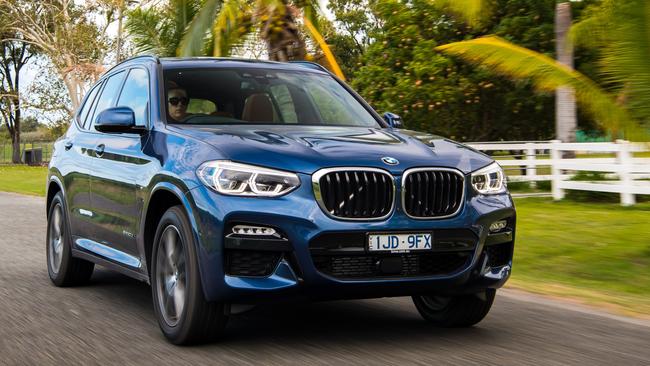
BMW was the first German car company out of the blocks with a mid-size luxury SUV when it launched the original X3 in 2004. Its big X5 wagon, released in 2000, was a roaring success from day one, so BMW thought it could be on to a good thing if it got a little deeper into this newfangled SUV business.
You bet it was.
The third generation X3 doesn’t have the same clear air as its ancestor because almost every other mainstream luxury brand has since got in on the act, most recently Range Rover with the Velar — basically a Jaguar F-Pace in a different box — and Alfa Romeo, which has the Stelvio due here next month.
Today we’re in the base model X3 xDrive 20d. That’s BMW-speak for the all-wheel drive 2.0-litre turbo diesel.
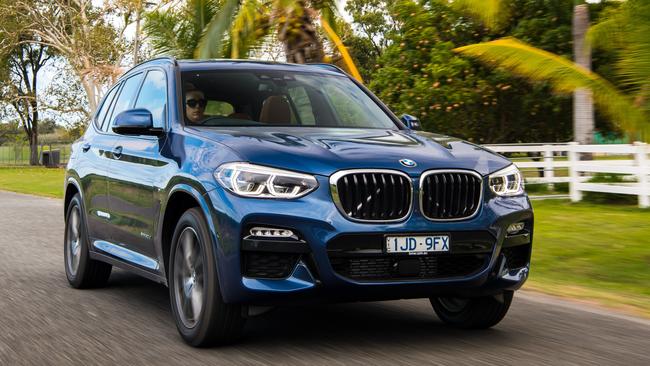
VALUE
Priced at $68,900, the 20d carries a $3000 premium over the base petrol X3, the sDrive 20i, which runs a 2.0-litre turbo and rear-wheel drive, hence the “s” designation.
Both variants have the same specification, with an eight-speed automatic, 19-inch alloys, power tailgate, cloth/leather upholstery, tri-zone aircon, head-up display, digital radio, speed limit information, wireless phone charging and LED headlights.
BMW’s iDrive infotainment will talk to your iPhone via Apple CarPlay — a $479 option, would you believe? — but not to Android devices via Android Auto.
Sophisticated voice control needs telling only once, operates across audio, navigation and phone functions and reads your emails and messages.
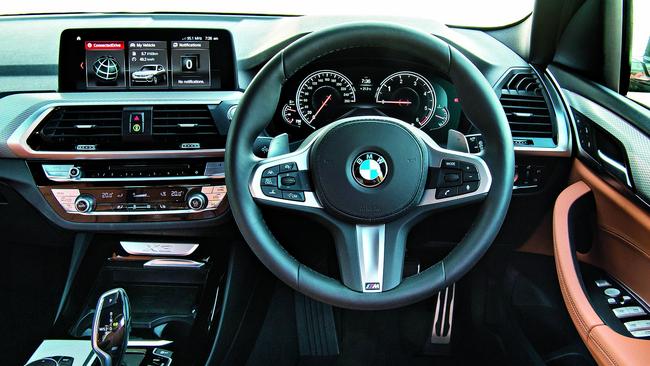
In this class, it’s worth noting that you don’t have to spend the $65,000-$70,000 asked by BMW and other luxury German brands to get comparable, or better, ability, size and specification.
Land Rover’s Discovery Sport is the top seller because it presents more SUV for the money and can also, unlike the Germans, do off-road adventuring as well.
You can get the just-released diesel version of our current Car of the Year, the Skoda Kodiaq, or VW’s loaded Tiguan Highline, for $50,000-$55,000, while Subaru’s Forester S can be had for about $45,000.
COMFORT
I can’t tell you whether the previous X3’s harsh ride has been fixed on this model, in standard nick at least, because our test car’s optional M Sport package ($3500) includes adjustable suspension dampers.
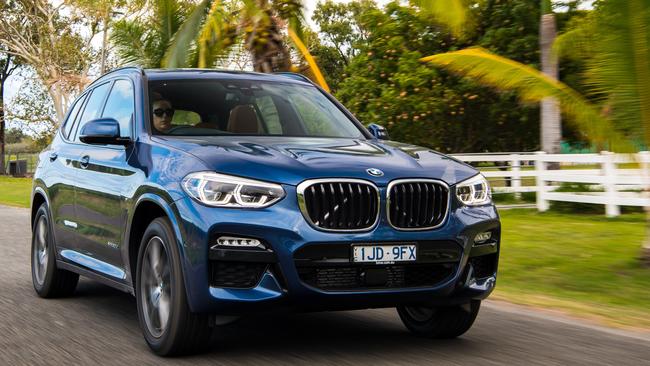
In Comfort mode, the ride is still pretty firm, especially around town. It becomes more compliant at speed but, typical of run-flat tyres, some road shock still reaches the cabin.
BMW’s sports seat (standard) is one of the most comfortable and supportive around. Digital instruments feature selectable Eco Pro, Comfort and Sport displays, there’s ample covered storage close at hand, huge door bins plus two USB ports and a 12V socket.
A firm, flat rear bench has sufficient legroom for most adults, though tall front seat occupants will tighten things up. Boot space is unchanged, average for the class, and can be extended to a flat 1.8 metres with either side of the 60-40 split rear seat backs folded forward. A mesh barrier, shopping bag hooks and tracks with sliding load lugs are useful.
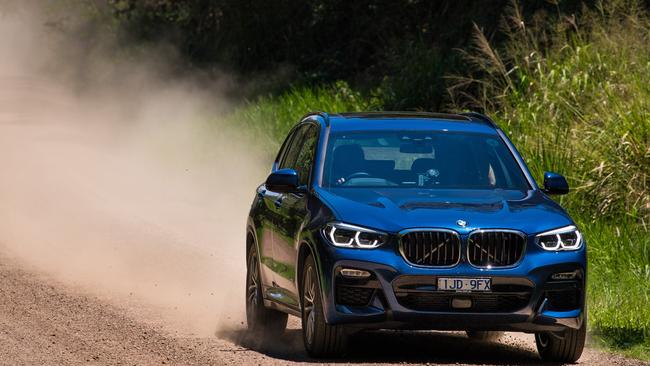
SAFETY
At this price the X3 should include the full suite of driver assistance technology but automatic emergency braking, adaptive cruise control and rear cross traffic alert are notable omissions from both four-cylinder models. Blind spot monitor, lane departure warning, a camera and automatic parking are standard.
DRIVING
The X3 was the best handling SUV on the road until the Porsche Macan came along and showed everything else its tail-lights.
This model has shed about 55kg and, among the crowded 2018 grid, is still sharp enough to argue for a podium position. Equipped with the M Sport suspension option, it feels light, agile, well-balanced and responsive and on a winding road remains one of the few SUVs that’s actually fun and engaging to drive.
Sport mode exercises tight control over body movement, M brakes are powerful and progressive and electric steering is precise, though lacking feel.
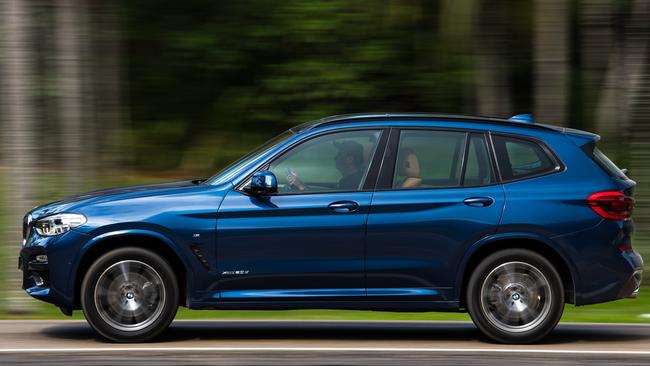
BMW’s 2.0-litre turbo diesel will chug around all day on a feathered throttle in the high gears, returning 7L-9L/100km in town in Eco Pro mode and as little as 5L-6L/100km on the highway. It makes the usual gravelly diesel noises under acceleration but they’re very faint — in cruise mode, it’s silent.
With 400Nm of torque, and a respectable 140kW of power, it pulls strongly across the bottom end and mid-range then, surprisingly, kicks even harder from 3000-4000rpm. Redline is 5500rpm but you’ll never go there.
It’s actually quicker than the 2.0-litre turbo petrol counterpart, clocking a rapid (by four-cylinder diesel standards) 8 seconds for the
0-100km/h trip.
HEART SAYS
I know an SUV is what I need but the Ultimate Driving Machine is what I want. This one is small enough to feel — almost — like a BMW car.
HEAD SAYS
I don’t need to drive a tank, so I’ll save $20,000-plus and buy this instead of an X5. It’s efficient, enjoyable and has better performance than the petrol model.
VERDICT 3.5/5
Handles like a BMW should, the turbo diesel is a beauty but, if value is more important than a badge, you’ll get more SUV for your money elsewhere.
ALTERNATIVES
LAND ROVER DISCOVERY SPORT TD4 HSE,
FROM $65,155
Runs a 132kW/430Nm 2.0 turbo diesel/nine-speed auto/all-wheel drive. Has genuine off road ability and a seven-seat option but comes with the usual caveat about reliability.
SKODA KODIAQ 140TDI FROM $48,990
Unbeatable value, with 140kW/400Nm 2.0 turbo diesel/seven-speed auto/all-wheel drive, seven seats, a squillion family-friendly touches and five years’ warranty.
VITALS
PRICE $68,900 (pricey)
WARRANTY/SERVICE $1440 for 5 years (cheap), 3-year w’ty (average)
ENGINE 2.0-litre 4-cyl turbo diesel, 140kW/400Nm (good)
SAFETY 5 stars, 6 airbags, head-up display, collision warning, lane departure warning, blind spot monitoring (below average)
THIRST 5.7L/100km (excellent)
SPARE None; runflats (bad)
BOOT 550L (average)

